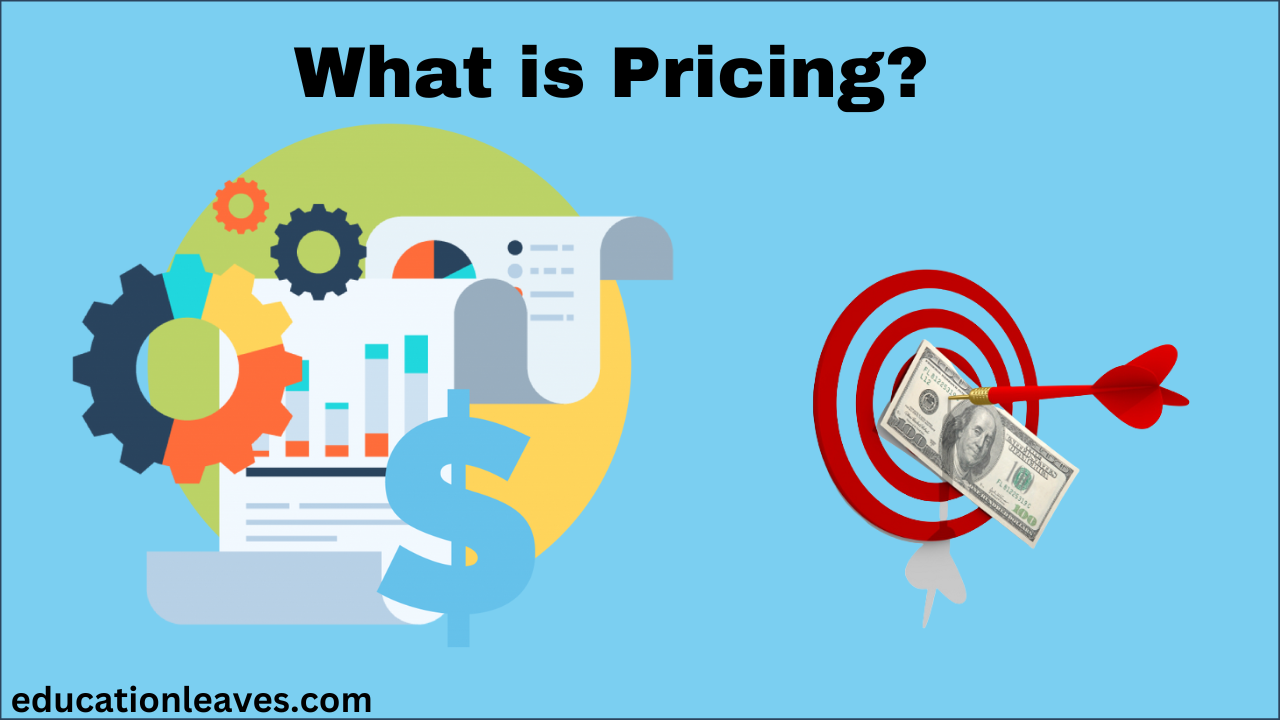What is Cost Accounting? [PDF Inside] Types, Objectives, Functions, Benefits, and Negatives, Financial Accounting
Cost accounting is a branch of accounting that deals with the process of recording, analyzing, and reporting the costs associated with producing goods or services. The goal of cost accounting is to help businesses understand the costs involved in their operations, as well as identify ways to reduce those costs and increase profitability.










